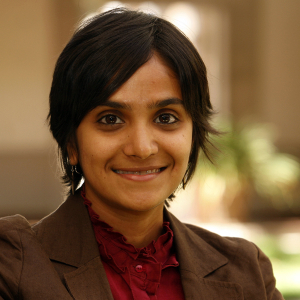 Democracies in our global age will have to engage with the question of diversity and cultural difference. This question of multiculturalism is important today as Europe and United States face increasing anxieties about their national identity in response to immigration, Sunnis clash with Shias, and Jews collide with Muslims. The litmus test of a democracy is how minorities are treated. As the world’s largest democracy, India’s linguistic, religious and ethnic diversity exceeds that of most of Europe put together. With the second largest population in the world, India has 22 official languages, more than two thousand ethnic groups, and members of every major religion. It is a Hindu majority country with the largest population of Muslims actively participating in the democratic process anywhere in the world. Despite its many challenges, India provides important insights about how democracy and diversity can work together. What are the distinguishing features of the Indian model of democracy? Is it a mosaic or a melting pot of diversity? Why should 21st century democracies take the Indian model of democracy and diversity seriously?
Democracies in our global age will have to engage with the question of diversity and cultural difference. This question of multiculturalism is important today as Europe and United States face increasing anxieties about their national identity in response to immigration, Sunnis clash with Shias, and Jews collide with Muslims. The litmus test of a democracy is how minorities are treated. As the world’s largest democracy, India’s linguistic, religious and ethnic diversity exceeds that of most of Europe put together. With the second largest population in the world, India has 22 official languages, more than two thousand ethnic groups, and members of every major religion. It is a Hindu majority country with the largest population of Muslims actively participating in the democratic process anywhere in the world. Despite its many challenges, India provides important insights about how democracy and diversity can work together. What are the distinguishing features of the Indian model of democracy? Is it a mosaic or a melting pot of diversity? Why should 21st century democracies take the Indian model of democracy and diversity seriously?
Listen Online

